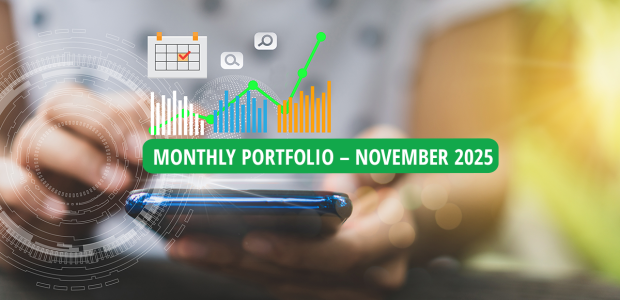If you’re reading this, you’ve probably already gone past the point of learning what P2P lending is, and have already chosen your preferred platform. We’re glad you decided to trust iuvo! We’ve decided to compile two separate articles that introduce you to manual investing and auto investing. We hope that they will help you choose which path to follow.
What is manual investing?
This is the base investment option at iuvo. Straightforward as is, manual investing simply means that you will personally go to the Primary market, scan through loan offers, read each one’s details, and decide where to invest (or not invest) your free funds.
When done right, manual investing will allow you to increase your annual return. It’s particularly handy for loans with higher risk – unless you feel fortunate, it’s not a smart idea to do Auto Invest in this type of loans.
Why invest manually?
Compared to most p2p platforms, iuvo is heaven for manual investing. One of our main advantages is that we work very hard to ensure high liquidity. At any given moment, we offer around ten thousand loans to choose from. Why does this matter? Well, if we don’t provide a respectable quantity and variety of loans, you might not be able to find any that fit your strategy. Even worse – you might be forced to make changes to your strategy, so that you can make use of what’s published on the platform. We shouldn’t let this happen!
Another big advantage is the amount of information provided for each loan. Iuvo lets you see details, like the borrower’s gender, age, salary, work industry and so on. These are of immense help when trying to understand the perfect borrower profile. Also, we enable you to examine the borrower`s profile without putting them at any risk – we can’t access (or share) data that makes them identifiable, like their name and ID number.
Aside from personal and demographic info, what makes iuvo unique is that we show the due dates and payment history of each loan. You can check the exact delay of payments while searching for loans on the Primary market. Thus you’re able to estimate their payment patterns, and decide whether you want to invest in their loan, or not.
What are the best strategies for manual investing?
To find the answer to this question, we don’t need to look further than our backyard, or in other words: our most profitable members that invest manually. Based on these people’s success, we’ve prepared three great strategic approaches to manual investing.
1. Easy – for people who are just getting started with p2p lending
Open a loan’s payment history and study it. Choose “older” loans that already have a few paid installments. Check the payment dates, and study the payment pattern. Whether in delay or current, look for loans where there is some consistency of payments. Avoid borrowers with irregular payment patterns!
Example: Let’s compare two current loans with 30-day installments and two installments already paid. One of the borrowers has made two monthly payments on the same day of each month, and the other one has gone with a single payment in the second month – covering both installments at once. In a similar case, you should always choose the first loan: it has a better chance to be paid out month-to-month.
2. Medium – for people who have already gotten around p2p lending
Use the filters to narrow the offerings down to delayed loans only. Go through a few loans’ details. Search for late credits whose borrowers have a high probability of making a payment.
Example: Ideally you want to find a loan that is between 30 and 55 days in delay and has at least three paid installments – in cases like that there are late fees due. Based on the borrower’s payment pattern, try to estimate how likely it is for them to make a payment before reaching 60 days in delay. If you believe it to be very reasonable – INVEST. If they do pay, it boosts your profit (because of the late fees). If they don’t, you’re protected by the Buy-Back guarantee.
3. Hard – for investment and math gurus
If you’re great at math, and/or have experience in scoring, you can use statistics to narrow down a profile for the loans you want to invest in, based on the personal data provided for each borrower. Export the available credits from Primary Market to Excel and start playing with data, like age, gender, % of monthly installments from their income, work industry, location of the borrower (city and country), etc.
How about the secondary market?
Our Secondary market can also have its place in your manual investing strategy. You have to be careful though, because the Secondary market is the only way you can turn а negative profit on iuvo – due to the discount/premium sellers may apply. Before you start buying or selling on the secondary market, make sure you understand very well how these two work! Here’s a useful article for you: Secondary market and the benefits it carries
We hope these strategies will help you succeed. As always, feel free check out our Blog and FAQ sections for more useful information. We update them regularly to keep you posted on news, trends, and various features of the platform!
 en
en 







